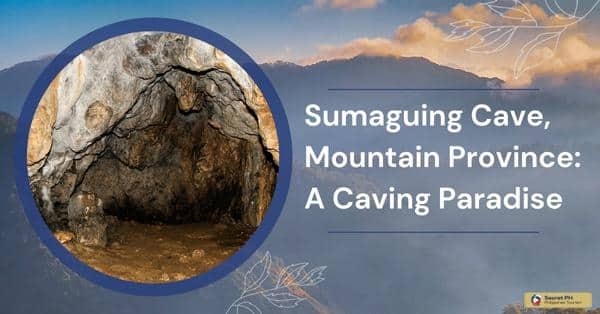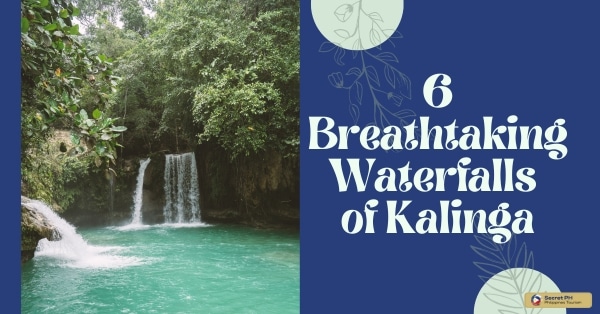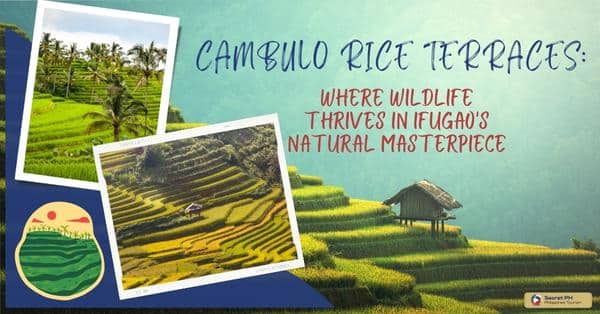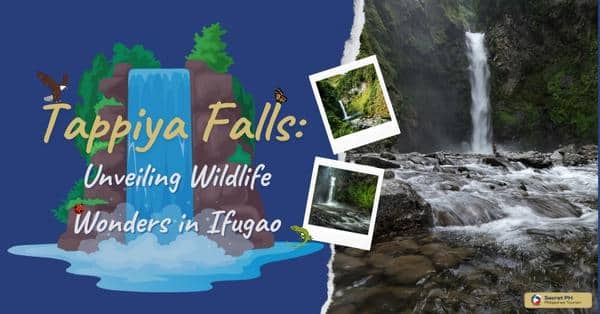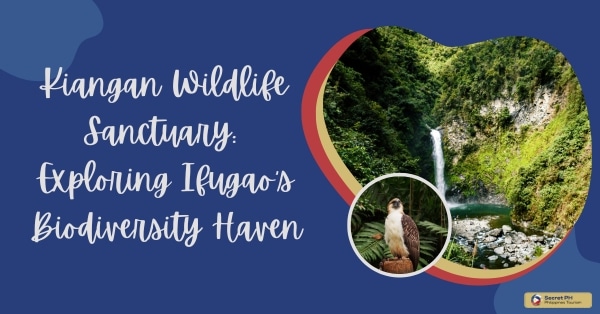The Hundred Islands National Park in the Philippines has a long and fascinating history. It has been shaped by geological processes, inhabited by indigenous people for centuries, and influenced by Spanish and American colonial powers. Today, the park is a thriving tourist destination and an important area for conservation efforts.
In this blog post, we will explore the rich and mysterious history of the Hundred Islands National Park in the Philippines. We will also discuss biodiversity conservation efforts in the national park, and explore what makes it such a unique destination. So let’s dive in and discover the history of the Hundred Islands National Park!
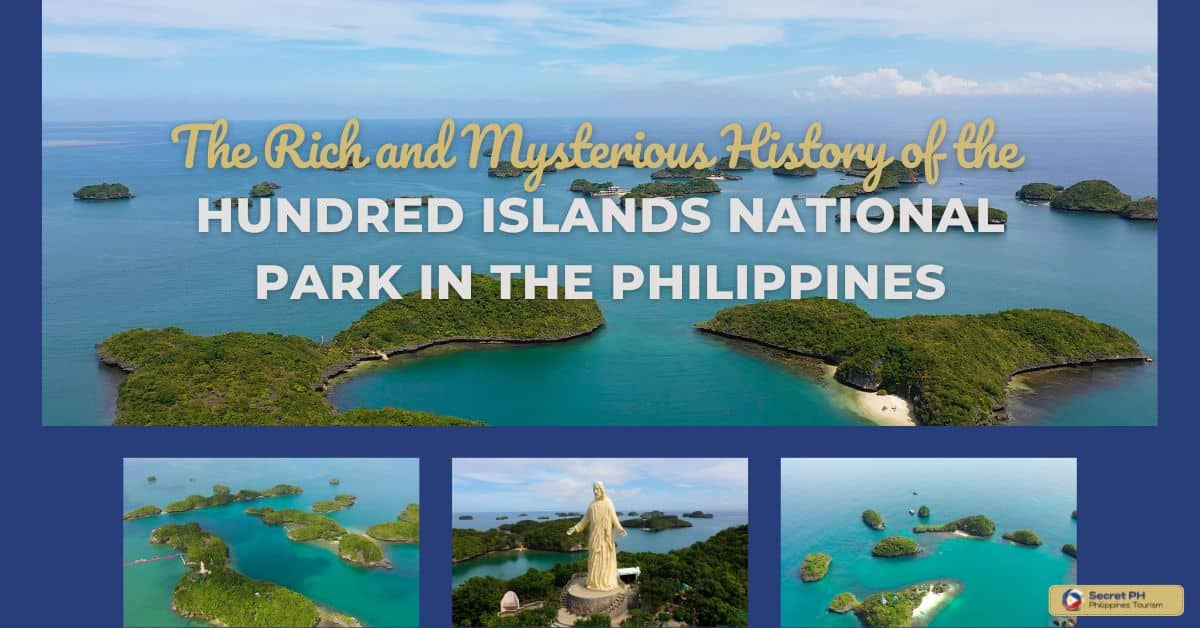
Geological Formation of the Hundred Islands
The Hundred Islands National Park is a cluster of islands and islets located in the Lingayen Gulf in the northern part of the Philippines. The geological formation of the islands dates back millions of years to the Cenozoic era.
The islands are composed of ancient coral reefs that were lifted from the seabed due to tectonic activity and erosion. Over time, these coral reefs were weathered and shaped by the forces of nature, creating the unique landscape that we see today.
The geology of the Hundred Islands is characterized by its limestone karst formations, which were formed through a combination of erosion and dissolution. The islands are made up of different types of limestone, including bioclastic limestone and coral reef limestone.
The different types of limestone give the islands their unique shapes and features, such as caves, sinkholes, and cliffs. The geological formation of the Hundred Islands makes it a fascinating area to explore for visitors and a unique habitat for a diverse range of flora and fauna.
Address: 623Q+XFF, Alaminos, Pangasinan
Phone: (075) 551 2505
For pictures, booking, and more information, click here.
For directions, click here.
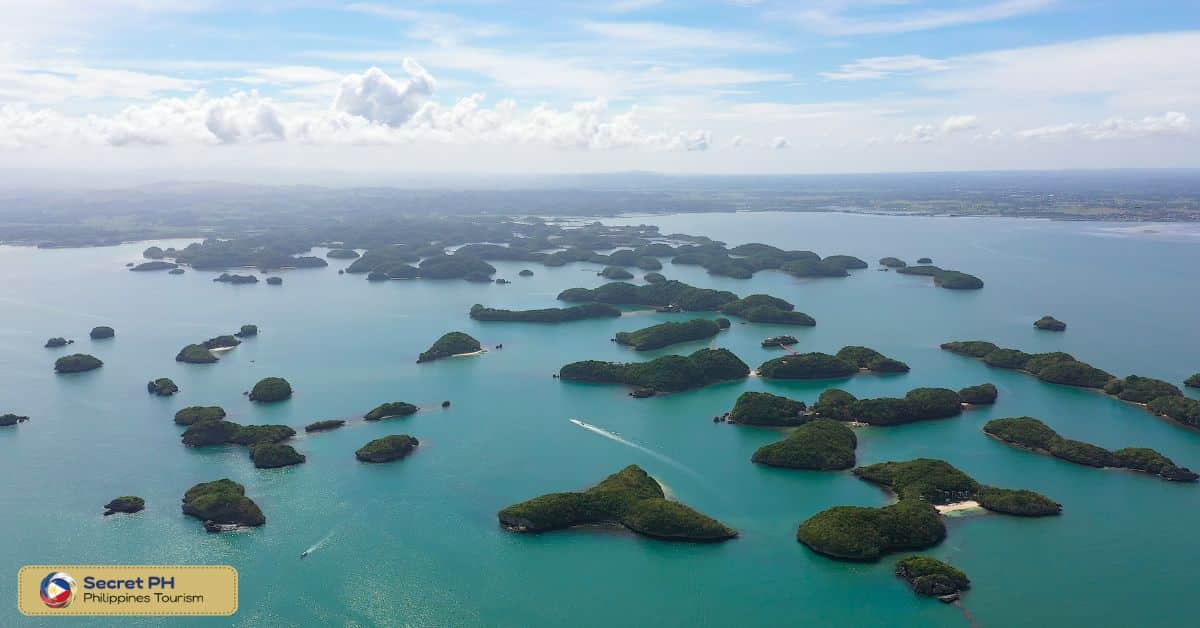
Indigenous People and the Hundred Islands
The Hundred Islands National Park has a long history of being inhabited by indigenous peoples, including the Pangasinan, Sambal, and Ilocano tribes. These indigenous communities have their own unique culture, practices, and beliefs that are deeply rooted in the region. Traditional practices such as fishing, farming, and healing rituals reflect the indigenous peoples’ deep connection with the natural world, and their beliefs center around balance and harmony with the environment.
The arrival of the Spanish in the Philippines in the 16th century had a significant impact on the indigenous peoples of the Hundred Islands. The Spanish introduced Christianity to the region, and many indigenous peoples converted to the new religion.
The Spanish also brought new technologies that allowed the indigenous peoples to expand their fishing and trading practices. Despite these changes, however, many aspects of traditional indigenous culture and practices have survived to this day in the Hundred Islands, making it a fascinating place to explore for visitors and an important area for cultural preservation.

Spanish Colonial Influence on the Hundred Islands
The Philippines has a rich cultural heritage, shaped by centuries of colonization and influence from other nations. One of the most significant periods of colonization was the more than 300 years of Spanish rule that ended in the late 19th century.
During this period, the Spanish significantly influenced the culture, language, and architecture of the Filipino people. One area in the Philippines that was particularly impacted by Spanish colonization was the Hundred Islands, a group of 124 small islands in the province of Pangasinan.
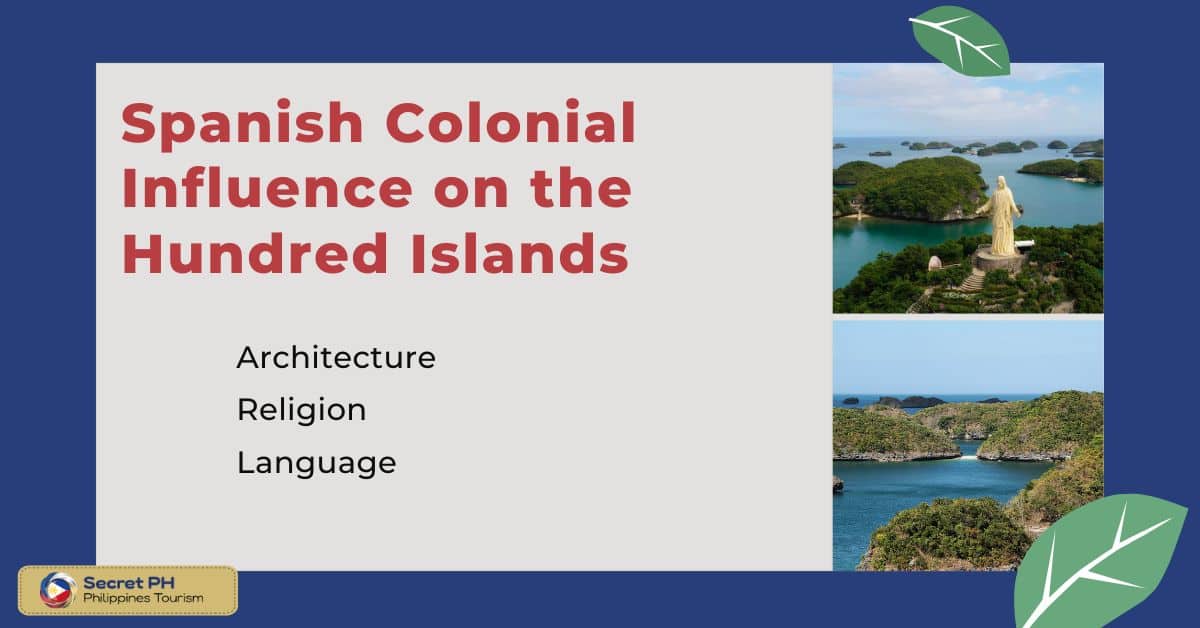
Architecture
One of the most visible impacts of Spanish colonization on the Hundred Islands is the architectural style that can be seen in many of the buildings and structures on the islands today. Spanish architecture introduced the use of bricks and stone, replacing the traditional bamboo and thatched roof houses of the local population. The Spanish also built churches and other religious structures on the islands, which are still standing today and attract many tourists who are interested in the region’s history and culture.
Religion
Another significant impact of Spanish rule was the introduction of Catholicism to the local population. Prior to Spanish colonization, many indigenous practices and traditions were prevalent on the Hundred Islands, but the Spanish introduced Christianity and converted the locals to Catholicism. To this day, Catholicism is the predominant religion on the islands, and many churches built during Spanish rule still stand as a reminder of this cultural influence.
Language
The Spanish also left a lasting impact on the language of the Philippines. Spanish became the official language of the country during Spanish rule, and it is estimated that nearly 4,000 Spanish words have been absorbed into the local dialects. Today, many Filipinos still use Spanish words and phrases interchangeably with Tagalog, the national language.
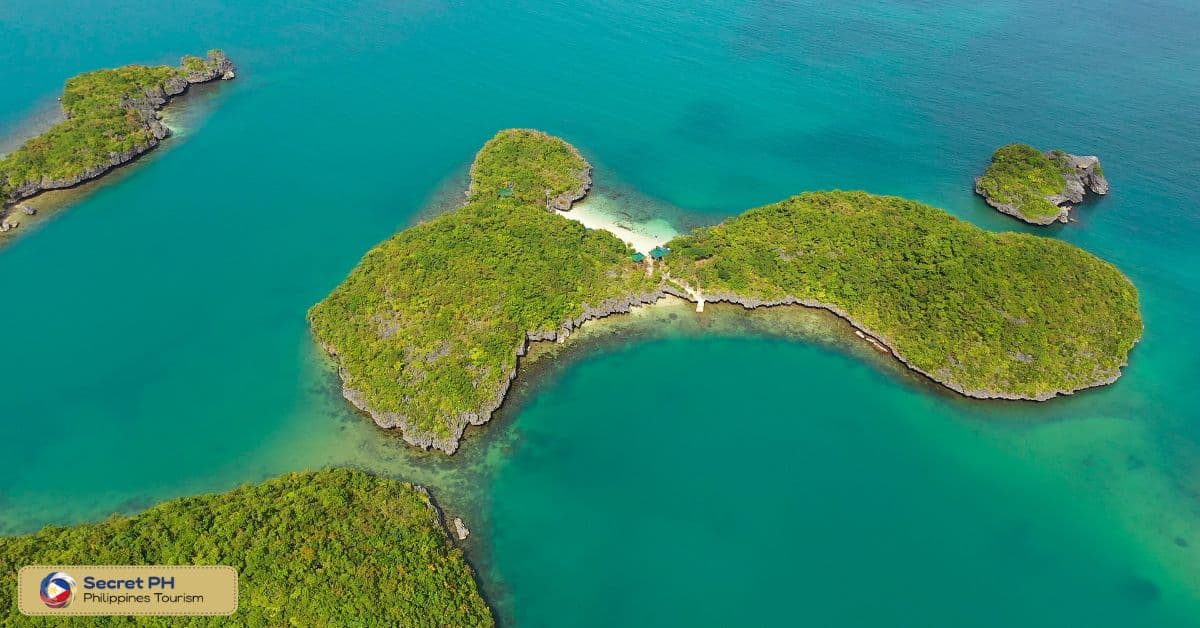
American Era and the Hundred Islands
The American Era in the Philippines is an unparalleled phase in the history of the country. This was the time when America took over the administration of the Philippines from Spain. The era lasted from 1898-1946 and brought significant changes in the country’s political, economic, social, and cultural aspects. Here, we will delve deeper into the American Era’s impact on the Hundred Islands in the Philippines.
Infrastructure Development
One of the significant contributions of the American Era to the Hundred Islands was the development of its infrastructure. The Americans built roads, bridges, and other essential facilities that created an easier access route for the tourists. They also developed the Pangasinan and La Union highways, which became the primary means of transportation for the tourists visiting the Hundred Islands.
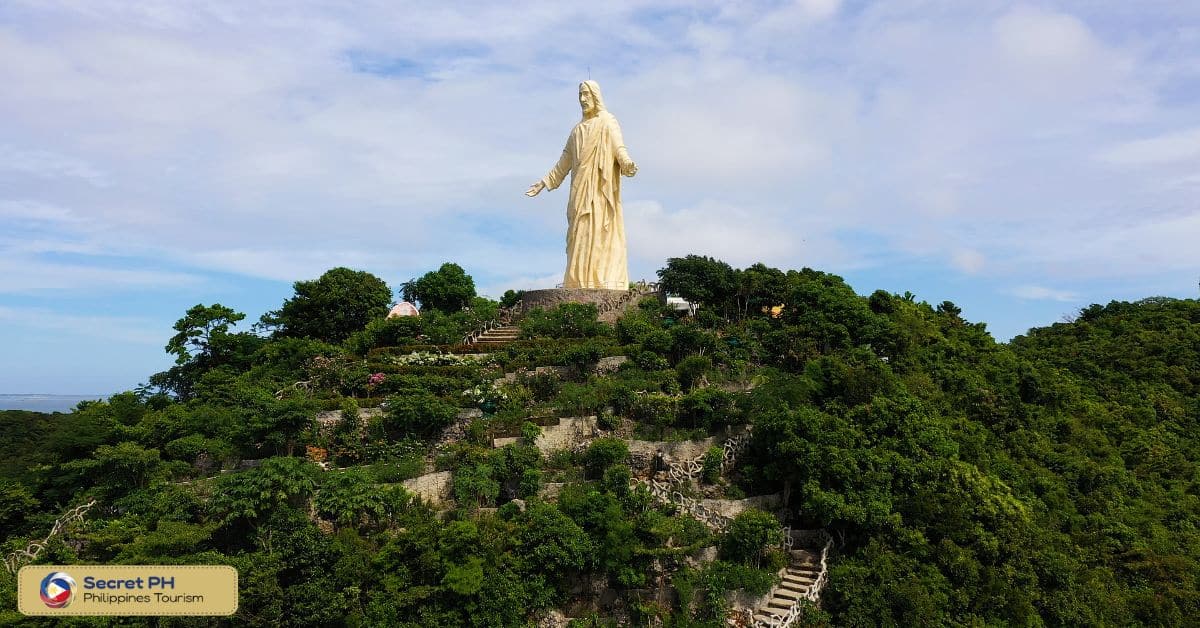
Socio-Cultural Development
The American Era also brought about a number of socio-cultural developments to the Hundred Islands. From introducing English as the second language to opening schools and libraries, the Americans made sure that the locals were provided with adequate education and access to modern amenities. They also introduced new technologies such as radio transmission and communication systems, which allowed for better information sharing and communication between the islands.
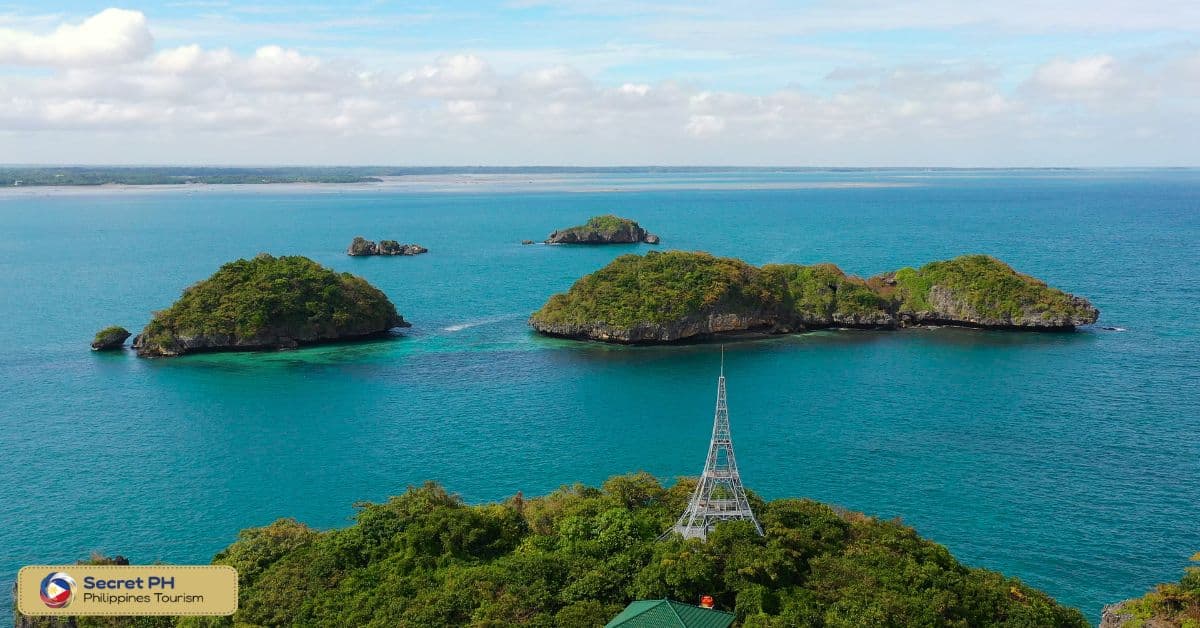
Political Impact
The Americans also introduced a new form of governance in the Philippines. They implemented a democratic government system that was very different from the Spanish colonial government. The Philippines became a Commonwealth country, and it laid the foundation for the country’s democratic governance structure, allowing the Hundred Islands to have a more stable and secure political foundation in the years to come.
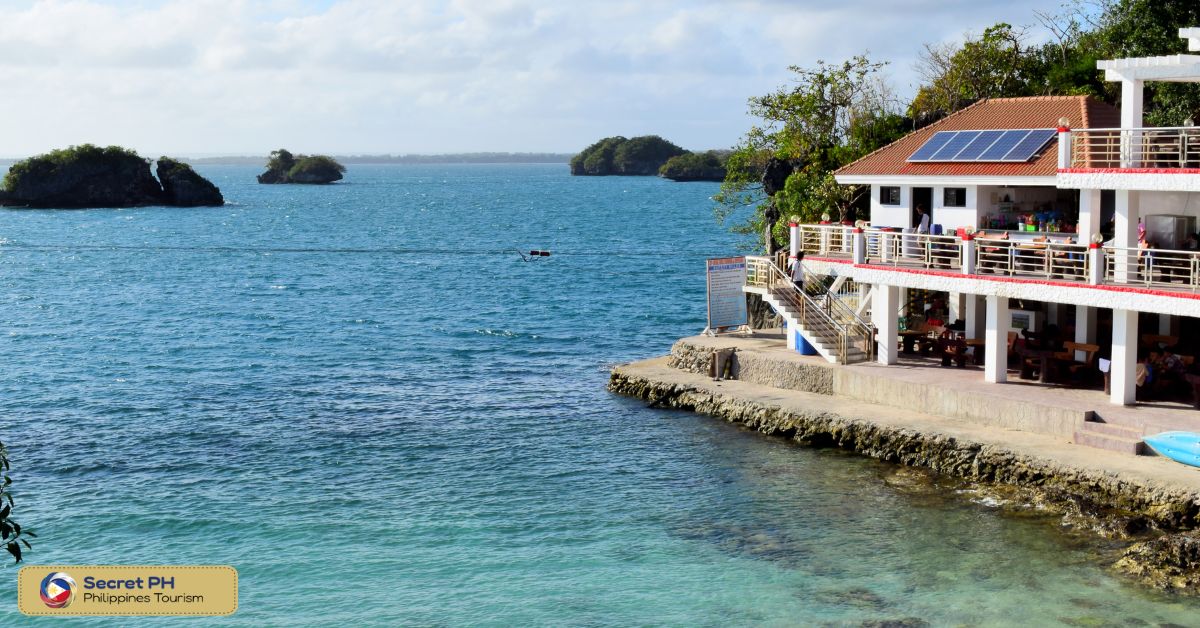
The Hundred Islands during World War II
The Hundred Islands, not everyone knows that this group of islands played a significant role during World War II. Here, we will delve into the history of the Hundred Islands during the war, and how it shaped the destiny of the islands.
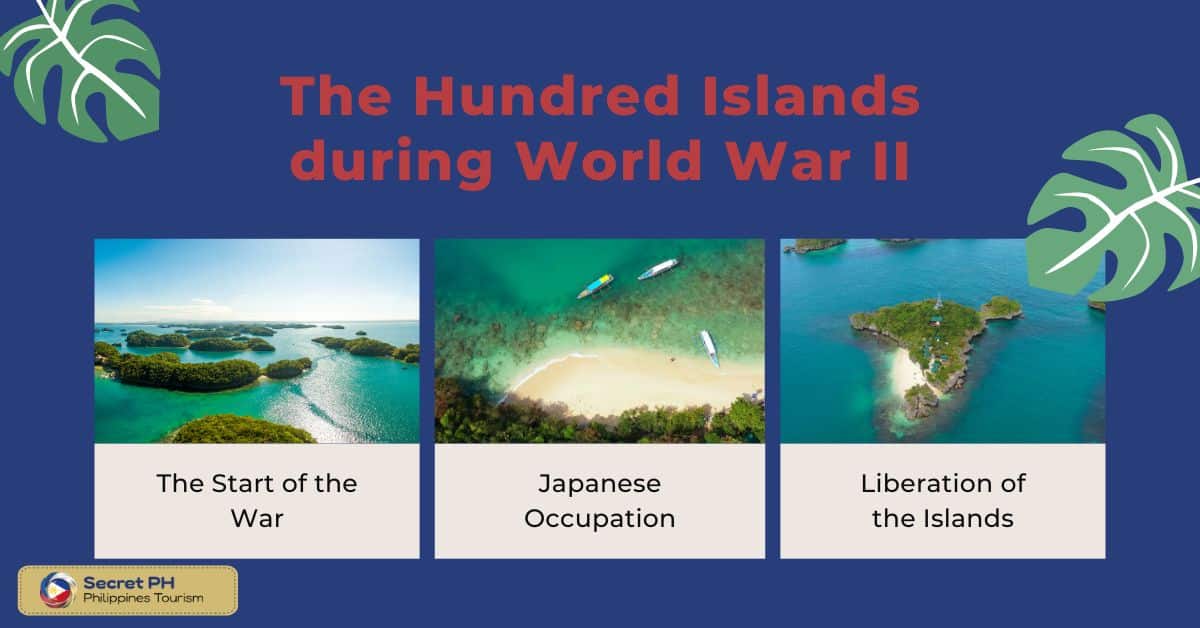
The Start of the War
The Philippines was a former colony of the United States which was under their jurisdiction when the Second World War broke out. Japan, seeking to expand its empire, invaded the country on December 8, 1941, only ten hours after its attack on Pearl Harbor.
The Hundred Islands, being close to the coast, was initially used by the Japanese as a landing site to launch their attack against the Philippines. The Japanese Imperial Army landed on the beaches of Lingayen Gulf and conquered Northern Luzon which included the Hundred Islands.
Japanese Occupation
During the three years of Japanese occupation, the Hundred Islands was a strategic location for the Japanese army. They started to fortify the islands by constructing numerous bunkers, gun emplacements, and tunnels.
The Japanese used the islands as a resupply point for their forces in the region. They also converted caves to serve as military hospitals. The islands were controlled by Japanese troops until the end of the war.
Liberation of the Islands
The liberation of the Hundred Islands began on January 9, 1945, as the US Armed Forces launched an amphibious landing on Lingayen Gulf. Their objective was to attack and retake Luzon from the Japanese.
As the US Army advanced, they encountered stiff resistance from the Japanese defenders of the Hundred Islands. The islands became one of the most intense battlegrounds during the liberation.
It took one month for the US Armed Forces to capture the Hundred Islands and declare it liberated on February 10, 1945. The liberation of the islands was a significant milestone in the Philippines’ freedom from Japanese occupation.
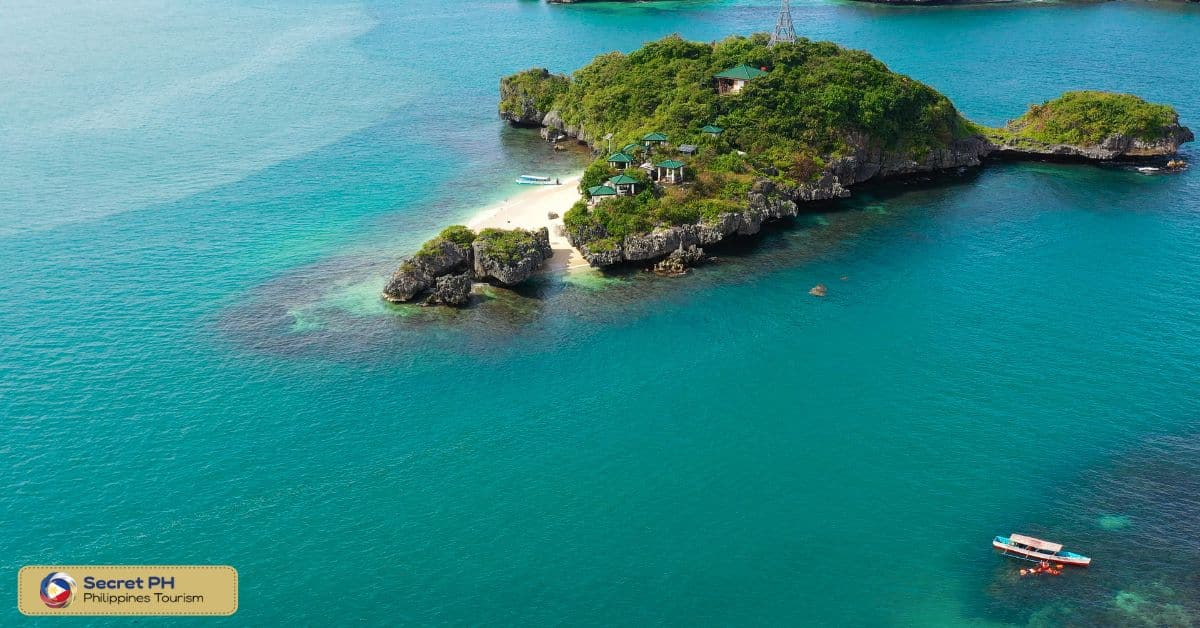
The Birth of the Hundred Islands National Park
The Hundred Islands National Park in the northern Philippines has a rich history and cultural significance. Its establishment as a protected area is an important milestone in the region’s history.
The area has been recognized for its beauty and importance for centuries. Early explorers and indigenous communities noting its unique geological formations and the diversity of flora and fauna present in the islands.
In 1940, the Philippine government officially recognized the importance of the Hundred Islands and established it as a protected area. Making it one of the oldest national parks in the Philippines.
The area was designated as a national park to protect its natural and cultural resources, and in 2006. It was declared a marine reserve to further safeguard the region’s marine biodiversity. Today, the Hundred Islands National Park is a popular destination for visitors and an important area for ecological and cultural conservation efforts.
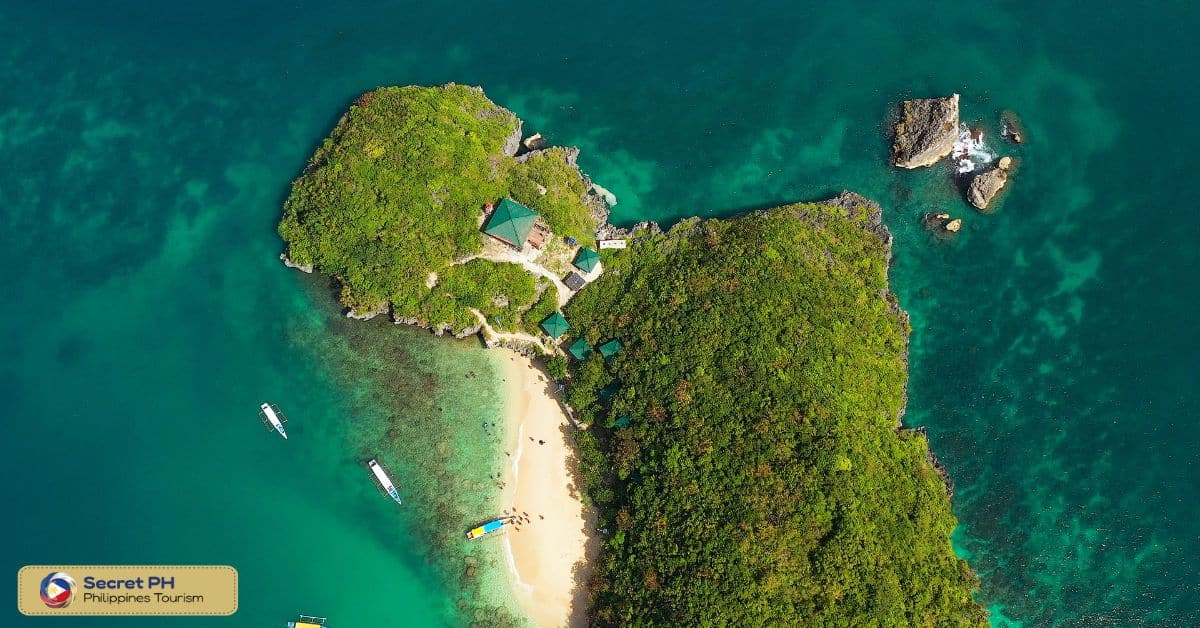
Biodiversity and Conservation Efforts in the Hundred Islands National Park
As a protected area, the park plays a crucial role in conserving the biodiversity of the region. In this table, we will take a look at the biodiversity and conservation efforts in the Hundred Islands National Park.
| Biodiversity | Conservation Efforts |
|---|---|
| Marine biodiversity: The park is home to over 800 species of marine life, including coral reefs, seagrasses, and fish. | The park has established marine protected areas (MPAs) to protect the marine biodiversity. The MPAs have strict regulations on fishing and other activities that may harm the marine ecosystem. |
| Terrestrial biodiversity: The park is also home to various flora and fauna, including several endemic species. | The park has designated certain areas as protected forests to preserve the terrestrial biodiversity. The park also implements strict regulations on hunting and logging activities. |
| Endangered species: The park is home to several endangered species, such as the Philippine Eagle and the Philippine Pangolin. | The park has established programs for the protection and conservation of endangered species. These programs include habitat restoration, captive breeding, and public education on the importance of protecting endangered species. |
| Ecotourism: The park’s rich biodiversity makes it a popular destination for ecotourism activities. | The park promotes sustainable ecotourism practices to minimize the negative impact on the environment. The park provides education and training programs for local communities and tourists to ensure that they practice responsible tourism. |
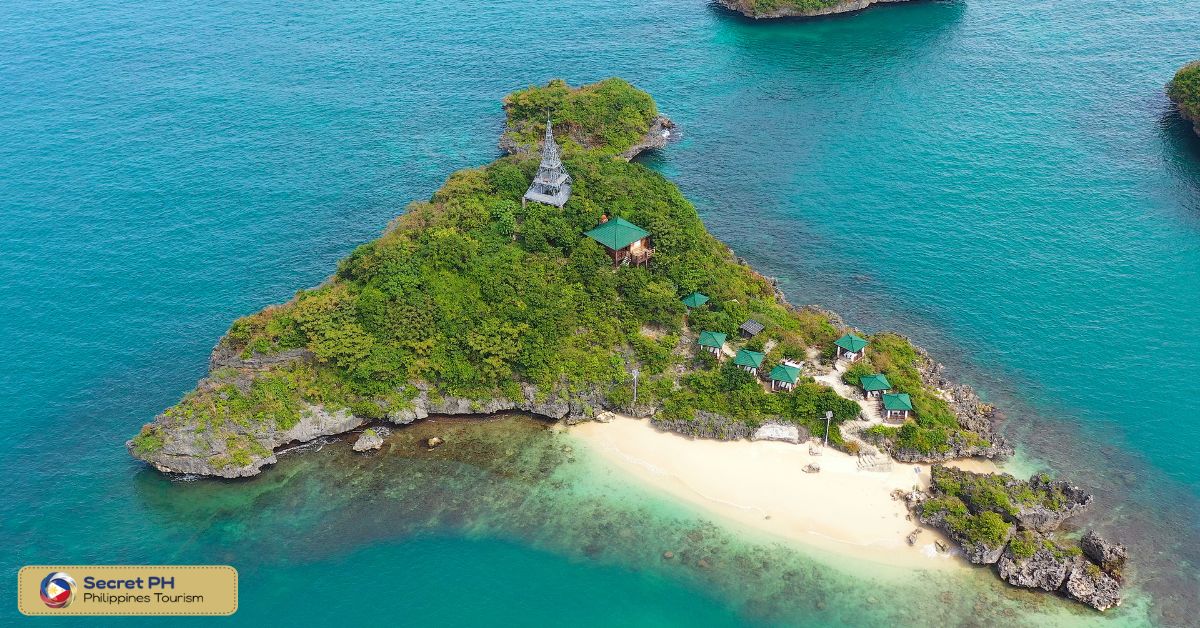
Tourism in the Hundred Islands National Park
The Philippines is known for its stunning beaches and breathtaking natural wonders. One of the most popular tourist destinations in the country is the Hundred Islands, National Park. The park’s unique geological formations, crystal-clear waters, and abundant marine life make it an ideal location for outdoor activities and sightseeing.
1. Island Hopping Adventures– The Hundred Islands National Park is a paradise for island hopping enthusiasts. Visitors can rent a boat and sail through the calm blue waters and marvel at the stunning views of the islands.
2. Thrilling Water Activities– Aside from island hopping, there are also various water activities available for thrill-seekers. Visitors can try kayaking, jet skiing, and banana boat rides, among others.
3. Relaxation and Recreation– For those who prefer a more laid-back vacation, the Hundred Islands National Park also has plenty to offer. Visitors can simply relax on the beach or take a leisurely walk on the island’s trails and enjoy the picturesque views.
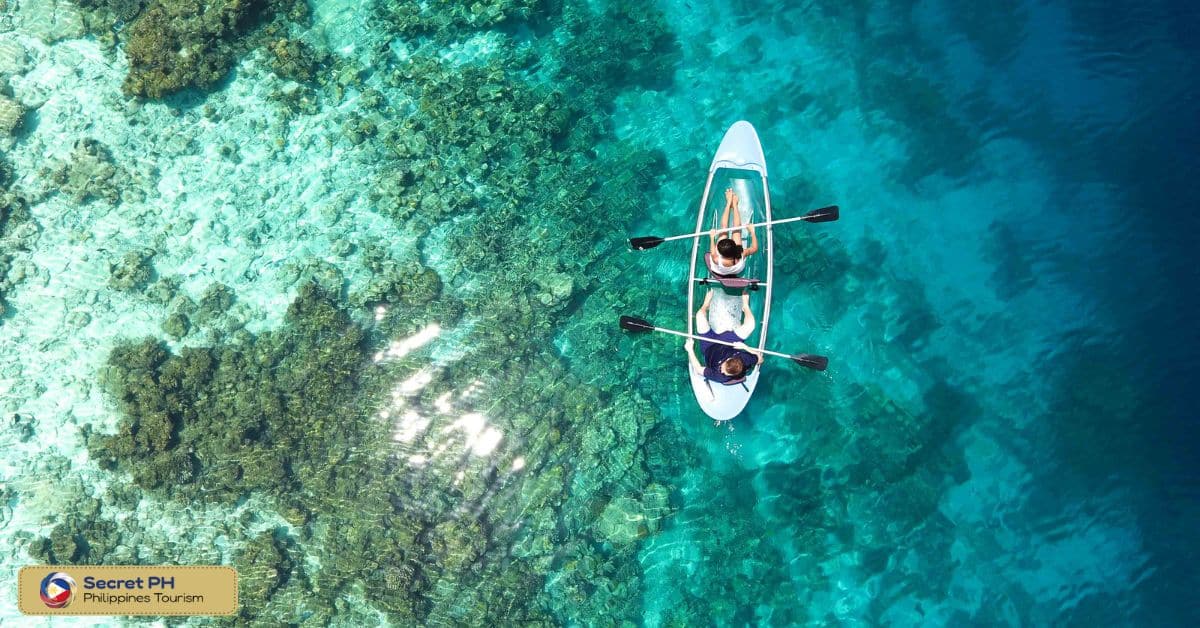
In conclusion
The Hundred Islands National Park is a unique and fascinating destination in the northern Philippines. Its stunning natural beauty, rich cultural heritage, and diverse wildlife make it an ideal destination for visitors looking for outdoor adventure or relaxation. From island hopping to thrilling water activities, the Hundred Islands offers something for everyone.
With its long history of human inhabitation and colonization, the Hundred Islands also serves as a reminder of the country’s past and provides an important area for cultural preservation. The Philippine government and local communities are dedicated to protecting this unique area for future generations to enjoy.


